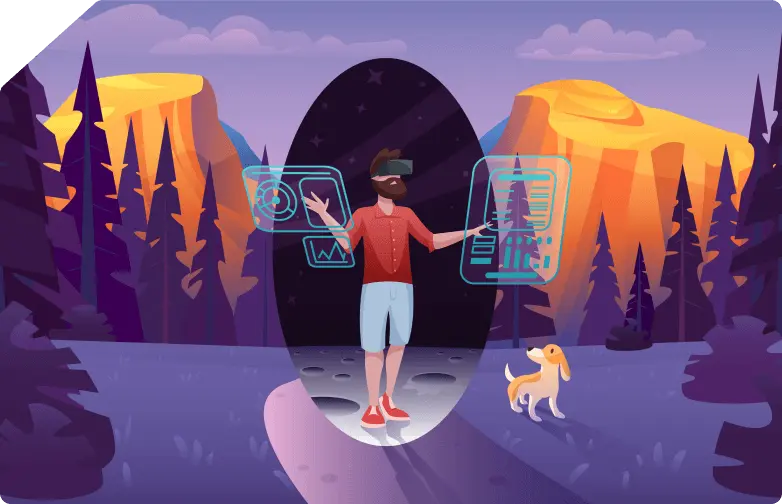The Role of Digital Marketing in Modern Business

In the age of rapid technological advancements, digital marketing has become a cornerstone of modern business strategies. It allows companies to connect with their target audiences, build brand awareness, and drive measurable results through data-driven approaches. This article explores the importance of digital marketing, its components, tools, and how it shapes the success of businesses […]
Beginner’s Guide to Building a Career in Animation

Animation is one of the most exciting and creative fields in today’s world. From blockbuster movies and TV shows to video games and advertising, animation is everywhere. But for beginners, entering this dynamic industry can feel daunting. This guide will walk you through everything you need to know to start and build a rewarding career […]
The Importance of UI/UX Design in Today’s Digital Era

In today’s fast-paced digital world, where every click, swipe, and interaction counts, UI (User Interface) and UX (User Experience) design have become pivotal. Whether it’s a website, mobile app, or digital product, good UI/UX design ensures that users have seamless, engaging, and meaningful experiences. This article delves into the importance of UI/UX design, the principles […]
Mastering Graphic Design: Tools Every Designer Should Know

Graphic design is a dynamic field that combines creativity, technology, and communication to create visually stunning and impactful designs. To thrive in this industry, mastering essential tools is crucial. These tools not only enhance your efficiency but also empower you to bring your creative ideas to life. In this comprehensive guide, we will explore the […]
How Gaming is Shaping the Digital World

Gaming is no longer just a form of entertainment; it has become a powerful force driving technological innovation and reshaping industries across the digital world. From advancements in artificial intelligence (AI) and virtual reality (VR) to its influence on education, healthcare, and marketing, gaming has transformed into a global phenomenon. This article explores the impact […]
The Future of Animation: Trends and Opportunities

Animation is no longer confined to movies and cartoons; it has become an integral part of industries like gaming, education, marketing, healthcare, and beyond. With advancements in technology and a surge in creative demand, the animation industry is undergoing a transformative phase. This article explores the trends redefining animation and the exciting opportunities awaiting aspiring […]

